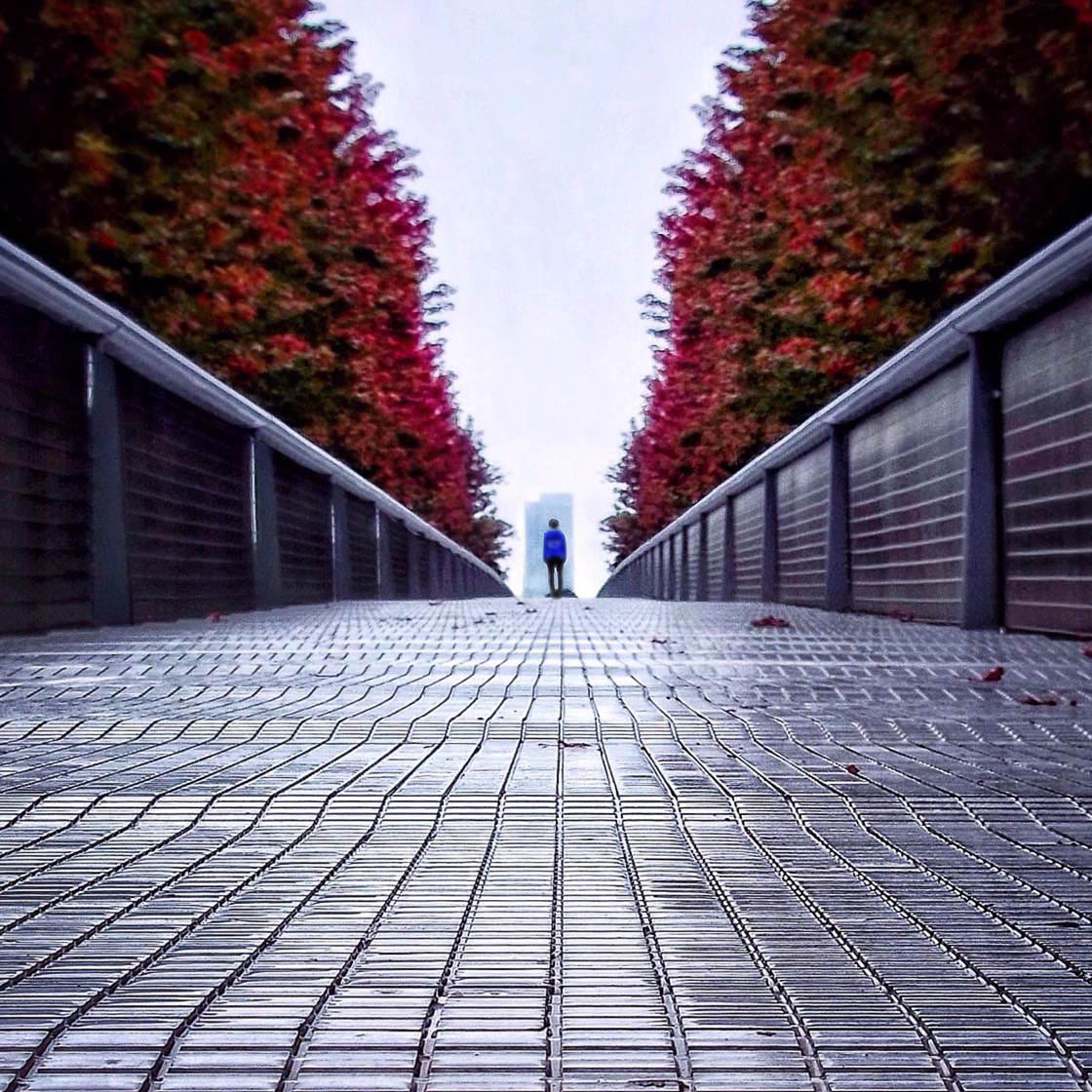The Street Photographers PDFs
The Street Photographers PDFs
Blog Article
What Does Street Photographers Do?
Table of ContentsGetting My Street Photographers To WorkMore About Street PhotographersStreet Photographers Can Be Fun For EveryoneStreet Photographers - TruthsThe Buzz on Street Photographers
, a style of digital photography that records daily life in a public area. The actual publicness of the setup makes it possible for the professional photographer to take candid pictures of strangers, commonly without their knowledge. Street professional photographers do not necessarily have a social objective in mind, yet they like to isolate and catch minutes which might or else go unnoticed.Though he was influenced by most of those who influenced the street photographers of the 1950s and '60s, he was not mainly curious about recording the spirit of the road. The impulse to visually document people in public began with 19th-century painters such as Edgar Degas, douard Manet, and Henri de Toulouse-Lautrec, who functioned side by side with professional photographers trying to record the essence of city life.
As a result of the comparatively primitive modern technology available to him and the long exposure time called for, he battled to capture the pressure of the Paris roads. He experimented with a collection of photographic methods, attempting to discover one that would permit him to catch movement without a blur, and he found some success with the calotype, patented in 1841 by William Henry Fox Talbot. While the professional photographers' subject was basically the very same, the results were noticeably different, showing the influence of the photographer's intent on the personality of the pictures he generated.
The Best Strategy To Use For Street Photographers
Offered the fine quality of his photographs and the breadth of material, engineers and musicians commonly purchased Atget's prints to use as recommendation for their very own work, though commercial rate of interests were rarely his major motivation. Instead, he was driven to picture every last remnant of the Paris he enjoyed.

Unlike his peers, Brassa used a larger-format Voigtlnder cam with a much longer exposure time, requiring him to be much more calculated and thoughtful in his technique than he might have been if making use of a Leica. (It is believed that he may not have been able to pay for a Leica at that time, yet he did, nevertheless, utilize one in the late 1950s to take colour photos.) Brassa's photos of the Paris abyss illuminated by artificial light were a revelation, and the compilation of the collection that he released, (1933 ), was a major success.

The Greatest Guide To Street Photographers
It is as a result of this basic understanding of the art of photo taking that he is frequently credited with rediscovering the tool throughout again roughly a century considering that its innovation. He took photos for even more than a half century and influenced generations of digital photographers to trust their eye and instinct in the minute.
These are the inquiries I shall attempt to answer: And after that I'll leave you with my own definition of street photography. Yes, we do. Allow's kick off with defining what a definition is: According to it is: "The act of specifying, or of making something definite, unique, or clear".
No, absolutely not. The term is both restricting and misinforming. Appears like a street digital photography should be photos of a roads appropriate?! And all street digital photographers, moved here besides a handful of outright newbies, will totally appreciate that a street is not the essential part to road digital photography, and actually if it's an image of a road with maybe a couple of dull individuals not doing anything of rate of interest, that's not road digital photography that's a picture of a street.
5 Simple Techniques For Street Photographers
He makes a valid point do not you believe? However, while I agree with him I'm unsure "candid public photography" will catch on (although I do kind of like the term "candid photography") since "street photography" has been around for a very long time, with many masters' names affixed to it, so I believe the term is below to remain.
Inside?! I hear you shout as you drink your fist to the sky. Why not? You can fire at the linked here beach, at a festival, in an alley, in a park, in a piazza, in a cafe, at a gallery or art gallery, in a city station, at an event, on a bridge, under a bridge ...
Yes, I hesitate we have no selection! Without rules we can not have a meaning, and without more info here a definition we do not have a genre, and without a genre we do not have anything to specify what we do, therefore we are embeded a "policies meaning genre" loophole! And no-one desires to get embeded a loop. - Street Photographers

Report this page